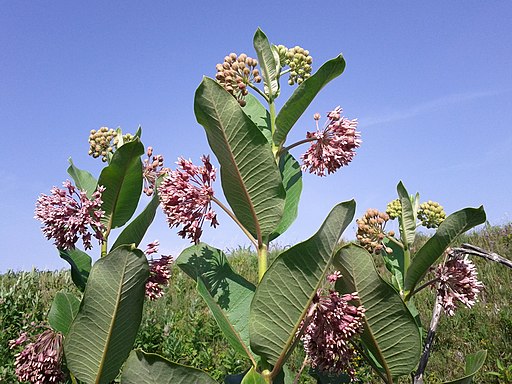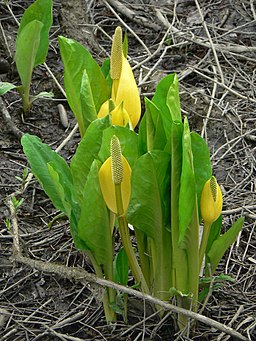 |
Himalayan knotweed | Status LU: absent. |
 |
Himalaya-Knuetkraut | Status Eur.: established. 1st record: 1898. IAS of EU concern (2022). |
 |
Renouée de l’Himalaya | RA: ISEIA: n/a Harmonia+: n/a |
 |
Himalaja-Knöterich | Wikipedia: |
 |
n/a | Back to the list of neophytes |
Contents
Brief description
Koenigia polystachya (Wall. ex Meisn.) T.M. Schust. & Reveal, commonly known as Himalayan knotweed is a species of flowering plant in the knotweed family. The species is native to Asia (southwestern China, Indian Subcontinent, Myanmar, Afghanistan) and it is planted in many places as an ornamental. It has the capacity to become an invasive species and has established itself in some parts of North America, primarily the Pacific Coast of the United States and Canada, as well as in the UK and Belgium. It is an invasive weed in the mountains of Sri Lanka.
Koenigia polystachya is a rhizomatous perennial herb producing thick, hollow, erect stems easily exceeding one metre (40 inches) in length. Via its rhizomes it can form dense colonies. It may also spread asexually if sections of the stem containing rooting nodes are separated and moved to a new area; chopping the plant into small pieces does not necessarily keep it from growing. The hairy leaves are up to 20 centimetres (8 inches) long. The branching inflorescence is an array of lacy clusters of many small white flowers. Called thothnay in Sikkim and Darjeeling areas of India, the pleasantly sour-tasting edible shoots and stems are used as a vegetable or used to make piquant condiments and accompaniments for meals. (Wikipedia contributors 2021).
IAS of Union concern
First recorded in Europe in 1898 in Ostende (Groom 2011).
In 2022, Koenigia polystachyaetaceum (Forssk.) Chiov. was added to the list of invasive alien species of Union concern (Anonymous 2022) which implies that member states shall take all necessary steps to prevent its unintentional introduction or spread.
Status and distribution in Luxembourg
Koenigia polystachya (Wall. ex Meisn.) T.M.Schust. & Reveal has not yet been recorded in Luxembourg.
Risk assessment
ISEIA protocol
Not assessed yet.
Harmonia+ protocol
Not assessed yet.
Worldwide distribution
Bibliography
- Anonymous, 2022. Commission implementing regulation (EU) 2022/1203 of 12 July 2022 amending Implementing Regulation (EU) 2016/1141 to update the list of invasive alien species of Union concern. Official Journal of the European Union L 186: 10-13 (2022-07-13).
- CABI, 2010. Persicaria wallichii. In: Invasive Species Compendium. Wallingford, UK: CAB International. URL: www.cabi.org/isc [accessed 2022-08-19]
- Groom, Q., 2011. Rubrivena polystachya (Wall. ex Meissner) M. Král in: Manual of the Alien Plants of Belgium. Botanic Garden Meise, Belgium. At: alienplantsbelgium.be [accessed 2023-09-27] https://alienplantsbelgium.myspecies.info/content/rubrivena-polystachya
- Wikipedia contributors, 2022. ‘Koenigia polystachya’, Wikipedia, The Free Encyclopedia, 27 September 2019, 08:25 UTC, <https://en.wikipedia.org/wiki/Koenigia_polystachya> [accessed 2022-08-19]
Page content last updated on 2023-09-27. Last proofread by Caroline Grounds on 2022-09-06.























